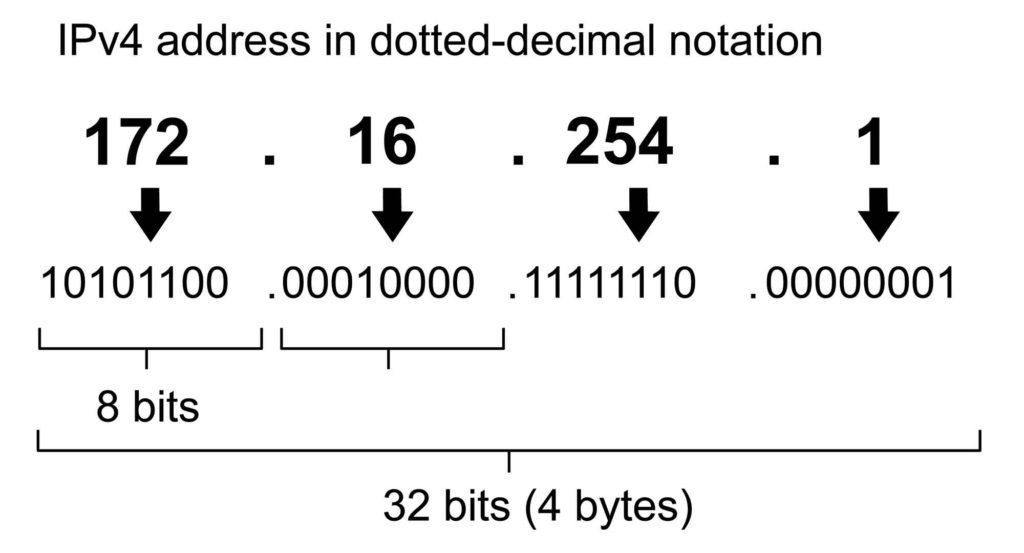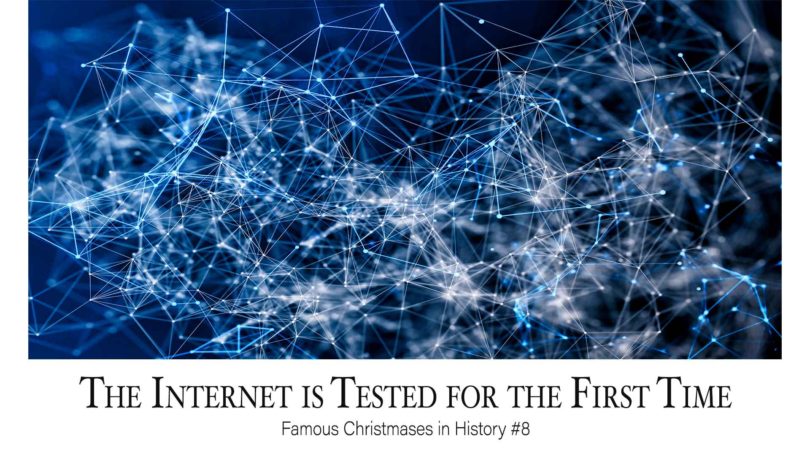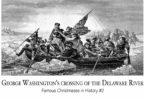The Internet is such a huge and important part of our lives now, that it is difficult to imagine a time when we did not have it. Yet, the Internet has not actually been around for that long. It has just integrated itself into our lives so seamlessly and perfectly that it seems like it has always been there. The foundations of what would become the Internet were laid in experiments in the 1970s. But, the Internet itself, as we know it, did not come into being until the 1990s. In fact, the prototype Internet got its first test run in 1990, on Christmas Day.
The first web server on the planet was located at CERN, which is the acronym for the European Organization for Nuclear Research. The web address for this first server was info.cern.ch. On Christmas Day in 1990, this webserver was tested for the very first time. It was a smashing success.
The Internet as we know it was the idea of a software consultant named Tim Berners-Lee, who worked at CERN. Tim’s idea was to create an open computer network that could keep track of the research into the field of particle physics that they were doing at CERN. Tim wrote up a proposal for this network and submitted it to the higher-ups at CERN, in the hopes of getting a CERN grant to develop it. His proposal for what would become the Internet was called Information Management: A Proposal.
The proposal included a blueprint for the Internet, also known as the World Wide Web. It was a simple concept, but not as simple to actually build. It took Tim, along with assistance from a CERN computer scientist named Robert Cailliau, as well as a few other people on the project, nearly two years before they had a model built that they believed was fit to test.

Once the model was built, Tim and his colleagues set it up for a test run. On this test run, a web browser would communicate with a web server using the Internet—if the test worked. On Christmas Day in 1990, that communication was initiated, and it worked. The model for the Internet was a success.
Of course, it would take more than just a successful test drive of the Internet to convince people to use it. At first, the Internet was meant only for the people at CERN to use, but Tim and the others on the project almost immediately saw its potential for use in other areas of life. Thus, Lee spent the next few years lobbying people like professors, students, and computer programmers to build additional web browsers and servers, so people all over the world could use the Internet to communicate with each other.
Lee’s lobbying efforts worked, and people eagerly adopted the Internet, especially in the academic world at first. A few years after that, and people around the world were using it, even at home for entertainment. The way the world communicates with each other was forever changed, and it all began with that first successful test on Christmas Day 1990.





